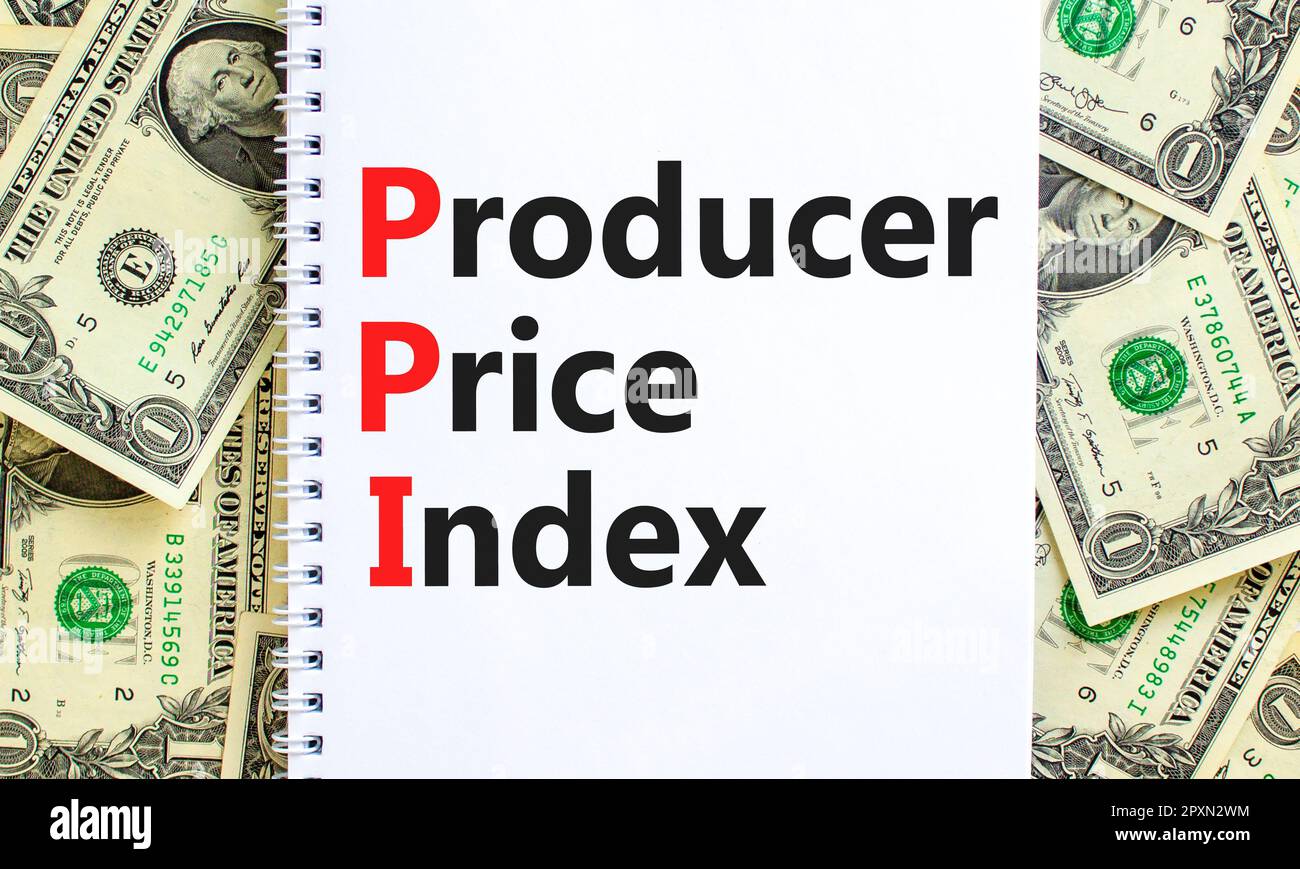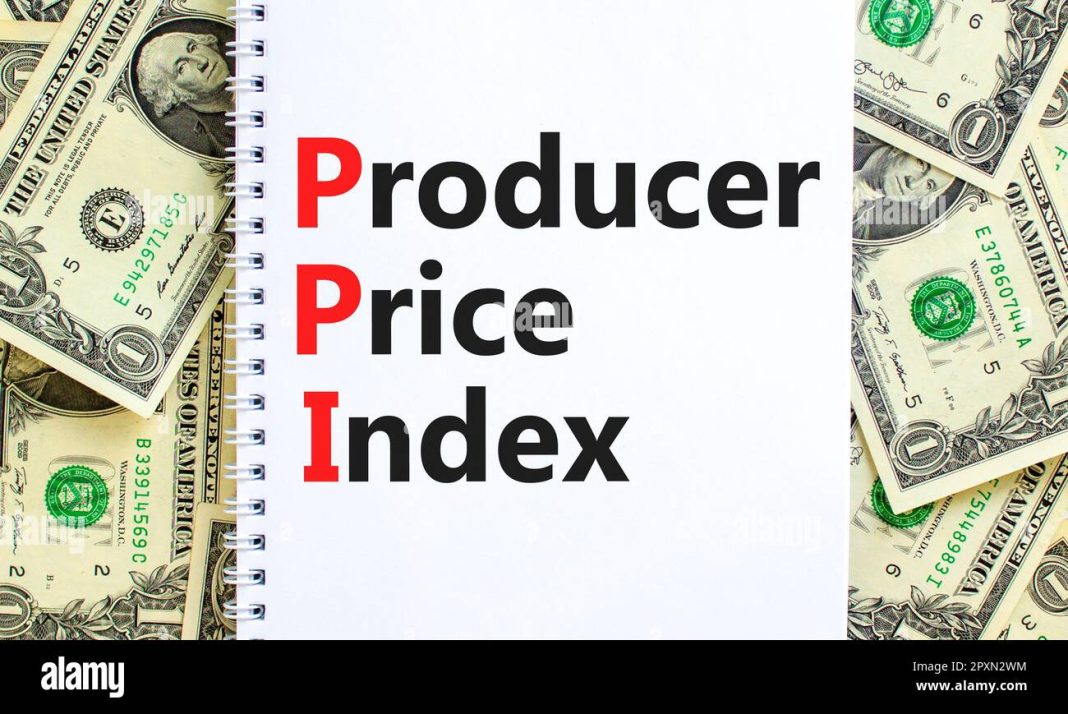 Goods inflation surged while services inflation tumbled in July, according to the latest report from the Bureau of Labor Statistics (BLS). The Producer Price Index (PPI), which measures the prices paid by businesses for goods and services, rose by 0.1 percent in July, below market forecasts of 0.2 percent. On a year-over-year basis, the PPI slowed to 2.2 percent, lower than the expected 2.7 percent.
Goods inflation surged while services inflation tumbled in July, according to the latest report from the Bureau of Labor Statistics (BLS). The Producer Price Index (PPI), which measures the prices paid by businesses for goods and services, rose by 0.1 percent in July, below market forecasts of 0.2 percent. On a year-over-year basis, the PPI slowed to 2.2 percent, lower than the expected 2.7 percent.
The increase in prices for final demand goods was driven by higher energy prices, which climbed by 1.9 percent. This resulted in a 0.6 percent surge in prices for final demand goods, the largest monthly increase since February. On the other hand, prices for final demand services fell by 0.2 percent, the biggest drop since March 2023.
Core producer prices, which exclude the volatile energy and food categories, remained flat in July, down from 0.3 percent in June. Economists had expected a 0.2 percent increase. The core PPI also eased to 2.4 percent compared to the same time last year, down from 3 percent.
These numbers come as a surprise to some experts who had predicted a reacceleration of price pressures. Earlier this month, the Institute for Supply Management’s (ISM) Manufacturing Purchasing Managers’ Index (PMI) revealed an unexpected jump in input price pressures, signaling economic trends in the manufacturing sector. The S&P Global Manufacturing PMI also reported higher input costs due to increased prices for energy, freight, labor, and raw materials. The ISM’s Services PMI report also highlighted a rapid increase in prices.
The PPI is an important metric for economists as it serves as a precursor to future inflation trends, being early in the supply chain. However, despite the recent surge in goods inflation, the overall PPI remains relatively tame. The Kobeissi Letter, a commentary newsletter that reports on the global capital markets, noted that while CPI inflation is declining, other indicators are showing warning signs.
In response to the PPI report, U.S. stocks maintained their gains, with leading benchmark indexes up as much as 0.9 percent. Treasury yields, on the other hand, fell across the board, with the benchmark 10-year yield dropping below 3.88 percent. The U.S. Dollar Index (DXY) remained relatively unchanged at above 103.00.
For investors, the PPI report falls within the goldilocks zone. It is not surging enough to reignite inflation fears, but also not contracting enough to fuel deflation threats. This could give the Federal Reserve more confidence to cut interest rates at its upcoming September policy meeting. The futures market has already fully priced in a rate cut next month, and traders are debating whether it will be a quarter- or half-point reduction.
Fed Chair Jerome Powell has expressed a focus on the labor side of the institution’s dual mandate of stable prices and maximum employment. Despite a weaker-than-expected July jobs report, employment fears have diminished, with initial jobless claims dipping to 233,000 for the week ended August 3. This could provide further support for a rate cut.
While the next Fed meeting is not until late September, market watchers will closely analyze the minutes from the central bank’s July meeting to understand monetary policymakers’ stance on interest rates, the labor market, inflation, and the overall economy. Ultimately, the CPI data will be the key driver of confidence for the central bank. If the CPI remains stable and doesn’t show a surprising resurgence of inflation, it could further support the case for a rate cut.


